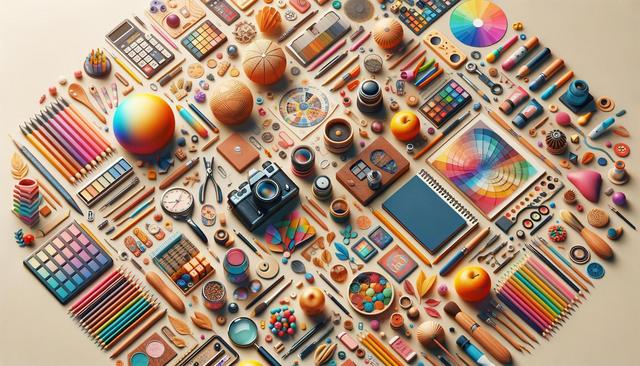The Role of Graphic Design in Modern Communication
Graphic design plays an essential role in how businesses, organizations, and individuals communicate visually. From brand identity to user interfaces, it helps convey messages effectively using typography, color, imagery, and layout. In today’s fast-paced digital world, the need for visually engaging content is greater than ever. Whether it’s for a social media campaign, a mobile app, or an e-commerce website, well-executed design can enhance user experience and improve engagement.
Effective graphic design is not just about aesthetics; it’s also about functionality. Designers must consider how their visuals will perform across different devices and media. The increasing demand for responsive design has pushed professionals to learn adaptive layout techniques and understand the user journey more deeply. This has made graphic design a multidimensional discipline that intersects with areas such as marketing, psychology, and technology.
Core Skills Every Graphic Designer Should Learn
To succeed in the field of graphic design, acquiring a strong foundation of core skills is essential. These skills go beyond creativity and include a combination of technical proficiency and strategic thinking. Key areas of expertise include:
- Typography and layout design
- Color theory and composition
- Digital illustration and photo editing
- User interface (UI) and user experience (UX) principles
- Proficiency in industry-standard design tools
Developing these skills often requires both structured learning and hands-on practice. Many aspiring designers begin with personal projects or freelance work to build their portfolios and apply what they’ve learned in real-world scenarios. Peer feedback and critique are also vital to growth, helping designers refine their work and think more critically about their design choices.
Explore Online Courses in Design
One of the most accessible ways to learn graphic design today is through online courses. These platforms offer a wide range of topics, from beginner-level introductions to advanced techniques in motion graphics and branding. Online learning allows individuals to study at their own pace, making it easier to balance education with other responsibilities. When choosing an online course, it’s beneficial to look for programs that offer:
- Project-based learning opportunities
- Feedback from instructors or peers
- Up-to-date content that reflects current industry trends
- Access to community forums or support groups
These features enhance the learning experience and help students stay motivated. Many courses also include certificates of completion, which can add value to a resume or professional profile. Learners are encouraged to explore options that align with their interests and career goals, whether in print media, digital design, or motion graphics.
The Impact of Technology on Graphic Design
Technology has significantly transformed the landscape of graphic design. Cloud-based software, AI-powered design tools, and augmented reality are just a few examples of how innovation is reshaping the industry. Designers now have access to tools that enhance productivity, streamline collaboration, and open doors to new creative possibilities. For instance, cloud platforms allow teams to work together in real time, regardless of location, while AI tools assist with tasks like image resizing, color matching, and even logo creation.
Additionally, the rise of immersive technologies such as virtual reality (VR) and augmented reality (AR) has expanded the scope of what designers can create. These advancements require designers to continuously adapt and learn new software and techniques. Online platforms and tutorials make it easier than ever to stay current, empowering designers to integrate cutting-edge technologies into their work without needing formal classroom training.
Building a Career in Graphic Design
Pursuing a career in graphic design involves much more than mastering software. It requires a strategic approach to building a personal brand, networking with industry peers, and continuously evolving as a creative professional. A strong portfolio remains one of the most critical tools for showcasing skills and attracting clients or employers. Designers should aim to include a variety of work that demonstrates versatility, creativity, and problem-solving ability.
Beyond technical skills, soft skills like communication, time management, and adaptability play a crucial role in career success. Graphic designers often collaborate with marketers, developers, and clients, so being able to articulate design decisions and respond to feedback is essential. Online communities, mentorship programs, and design challenges can also offer valuable support and exposure in the early stages of a design career.
Conclusion: Taking the First Step in Graphic Design
Whether you’re a beginner exploring your creative potential or a professional looking to expand your skill set, the world of graphic design offers a rewarding and dynamic path. With the availability of online courses, developing core competencies and staying updated with industry trends has never been more achievable. Embracing continuous learning and seeking real-world application of skills are key to long-term success in this field. By starting with foundational knowledge and gradually building a portfolio, anyone with passion and dedication can carve out a meaningful career in graphic design.











